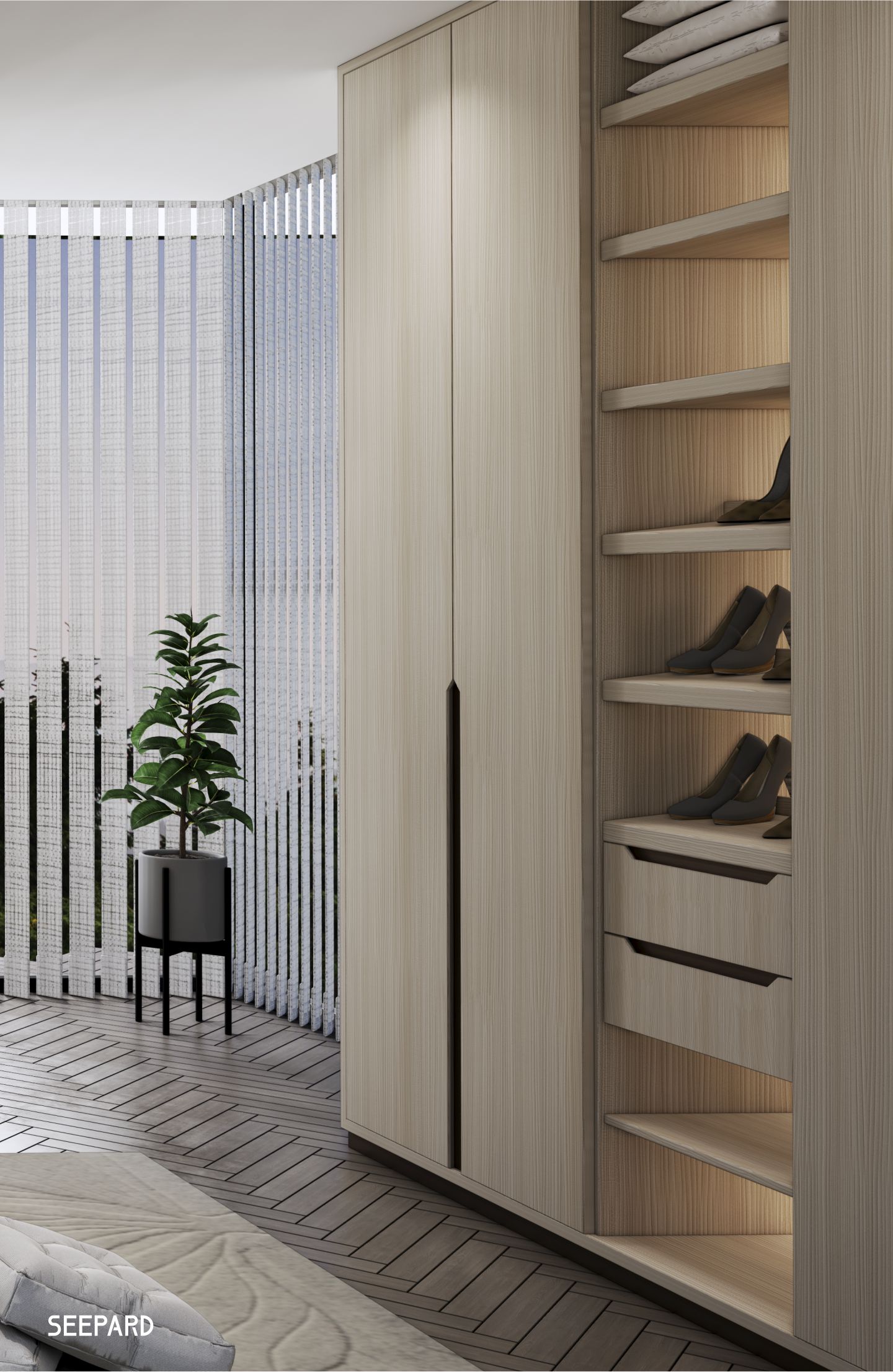- Home
- high quality duplex board manufacturing process
Sep . 01, 2024 04:24 Back to list
high quality duplex board manufacturing process
High-Quality Duplex Board Manufacturing Process
Duplex board, a versatile and eco-friendly packaging material, plays a crucial role in various industries, including food, electronics, and cosmetics. Its manufacturing process is intricate, involving multiple stages to ensure that the final product meets high-quality standards.
The process begins with the selection of raw materials. High-quality duplex board is typically made from recycled paper and wood pulp. The choice of raw materials is paramount, as it influences the board's strength, smoothness, and printability. Manufacturers prioritize eco-friendly materials to align with sustainable practices.
Once the raw materials are sourced, they undergo pulping. This involves breaking down the fibers into a slurry, which can then be processed further. The pulping stage is critical, as it determines the quality of the pulp used in the manufacturing process. Advanced technologies, such as chemical and mechanical pulping, are employed to maximize fiber yield and minimize impurities.
After pulping, the pulp is cleaned and refined. Any contaminants or imperfections are removed to ensure a uniform quality. The refined pulp is then mixed with additives like fillers, dyes, and coatings that enhance the properties of the duplex board. This is a key step in determining the board's brightness, smoothness, and performance characteristics, such as printing capabilities.
high quality duplex board manufacturing process

Next, the slurry is formed into sheets. This involves spreading the pulp over a moving mesh, allowing excess water to drain away. The wet sheets then undergo pressing and drying processes that remove remaining moisture and consolidate the fibers. The press section is vital for achieving the desired thickness and density, while the drying section ensures the board reaches optimal moisture levels for storage and further use.
Once dried, the duplex board is coated. Coating can significantly enhance surface properties, allowing for better ink adhesion and improving overall print quality. The coating process can vary based on the intended application, with options ranging from glossy finishes to matte surfaces.
Finally, the finished duplex board is cut, packaged, and prepared for distribution. Quality control measures are in place throughout the manufacturing process to ensure that each batch meets the specified standards. Testing for durability, printability, and environmental compliance is performed rigorously.
In conclusion, the manufacturing process of high-quality duplex board is a complex and precise operation. By focusing on superior raw materials, advanced technology, and stringent quality control, manufacturers can produce duplex board that meets the demands of modern industries while supporting sustainability.
Latest news
-
High-Quality Bathroom Cabinet Contact Paper – Durable & Stylish Leading Suppliers, Exporters, Manufacturers
NewsJul.08,2025
-
Premium Wood Contact Paper for Desk – Reliable Suppliers & Exporters
NewsJul.08,2025
-
Premium Contact Paper for Table Top – Durable & Stylish Surface Solution from Leading Manufacturer
NewsJul.07,2025
-
Duplex Board with Grey Back - Reliable Supplier & Competitive Price Manufacturer & Exporter
NewsJul.07,2025
-
Premium White Contact Paper on Cabinets – Trusted Exporters & Suppliers
NewsJul.06,2025
-
High-Quality Duplex Board Packaging for Food Reliable Manufacturer & Supplier
NewsJul.06,2025

